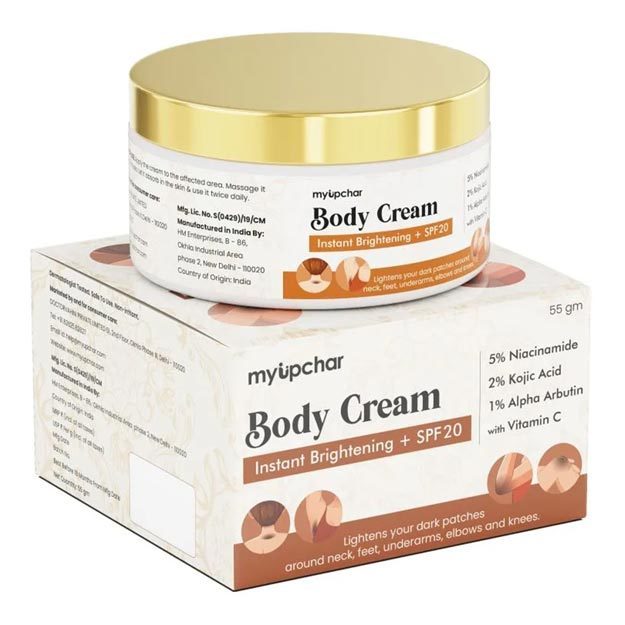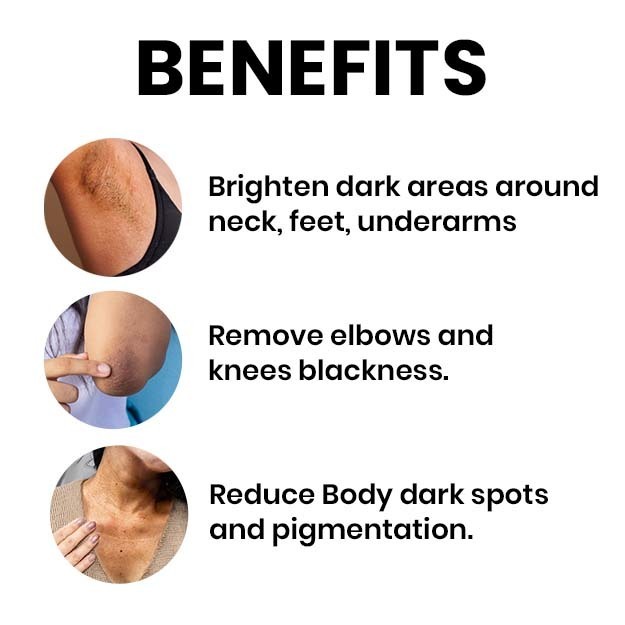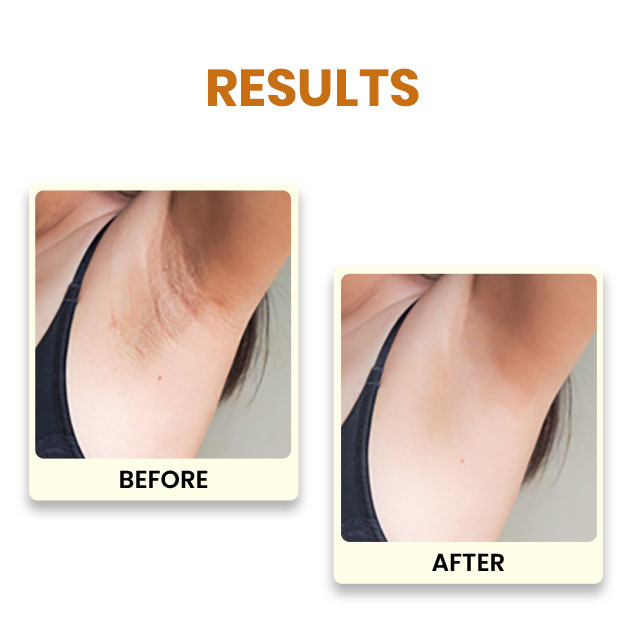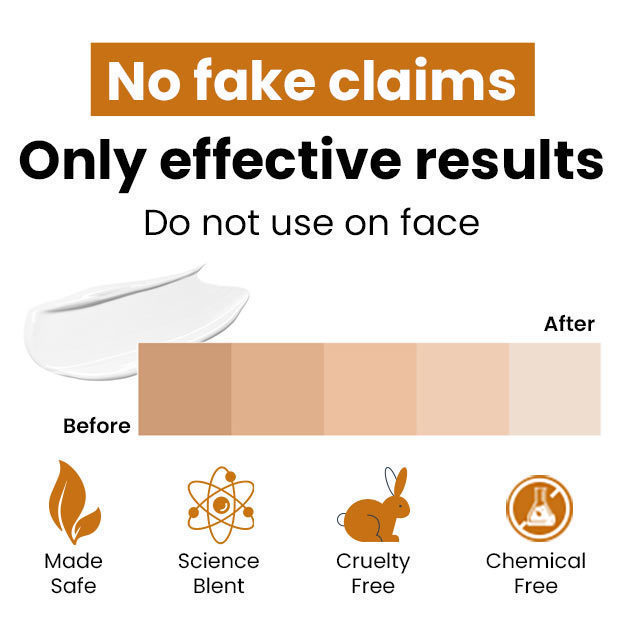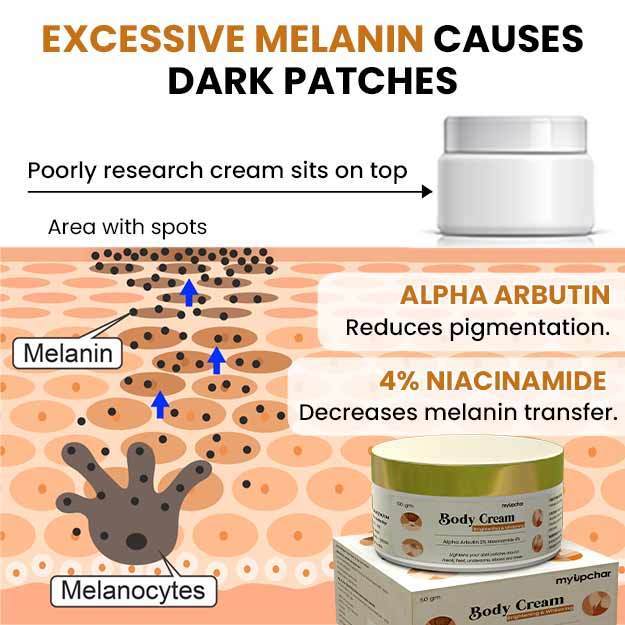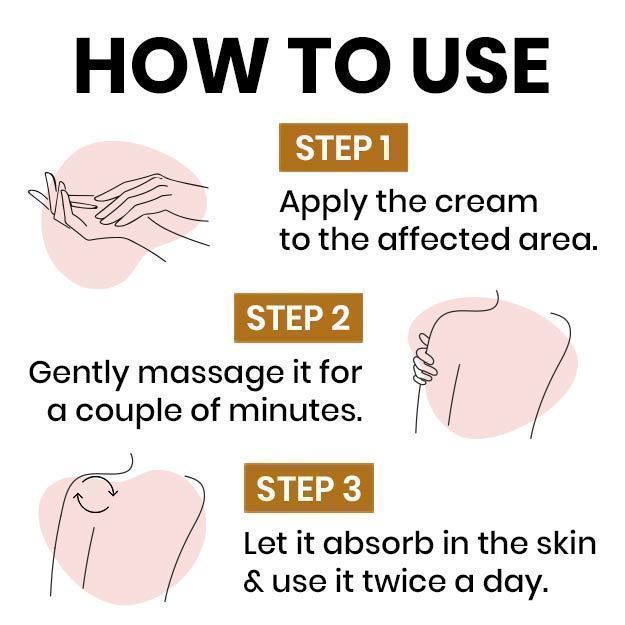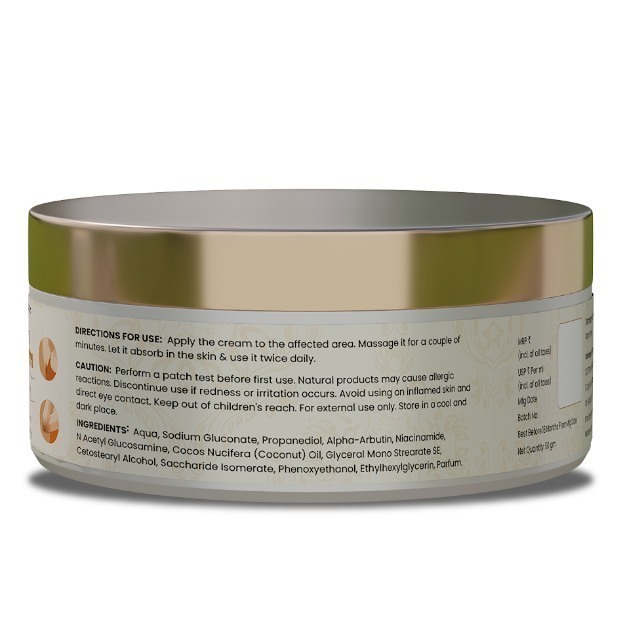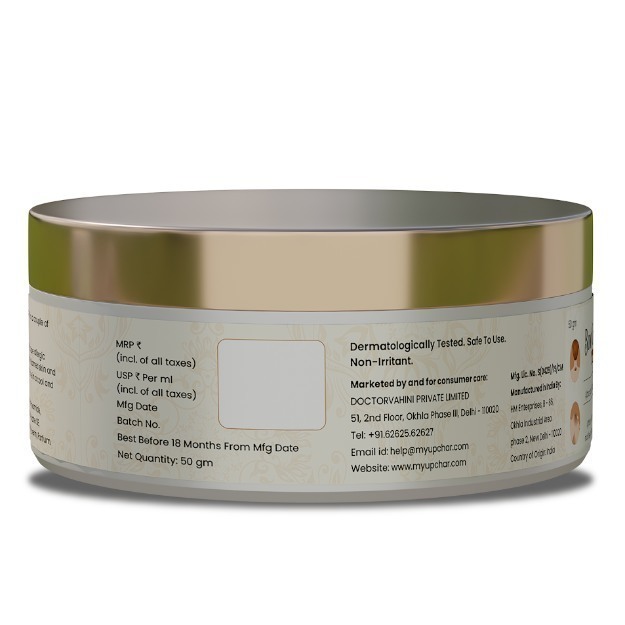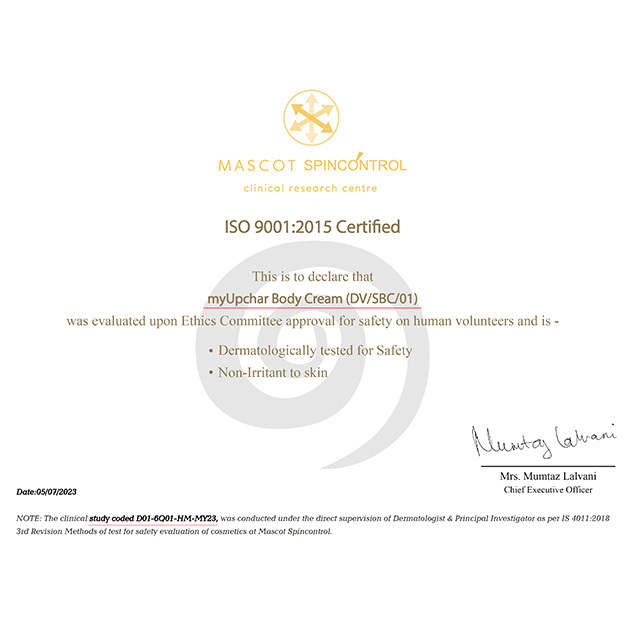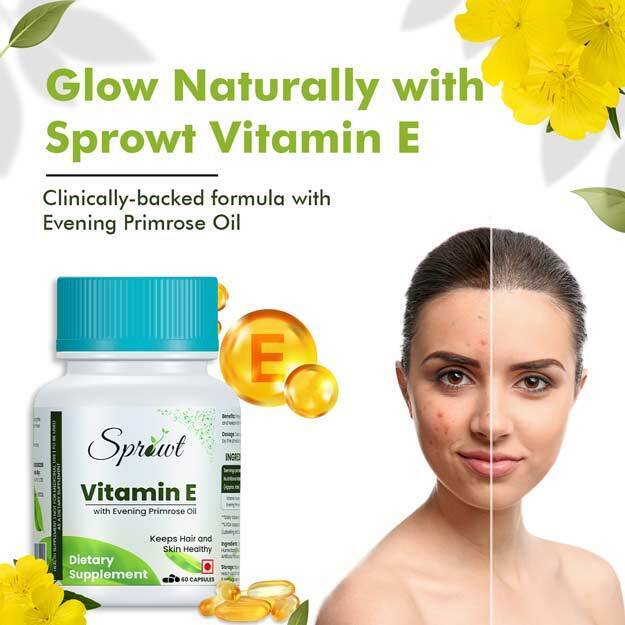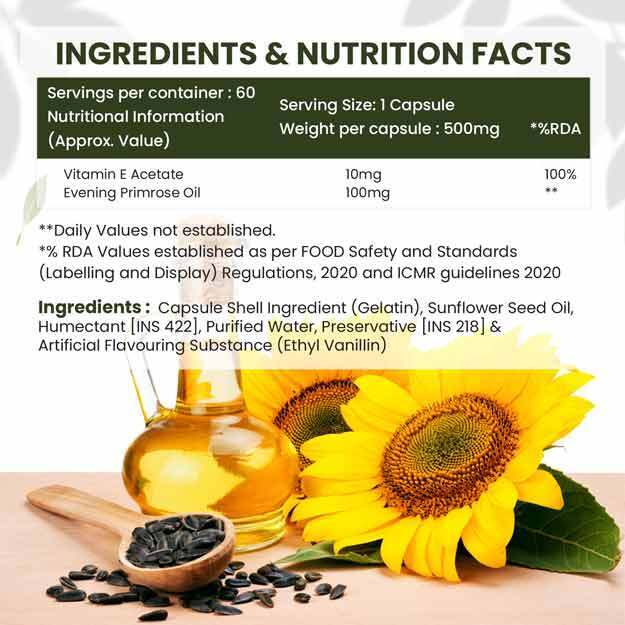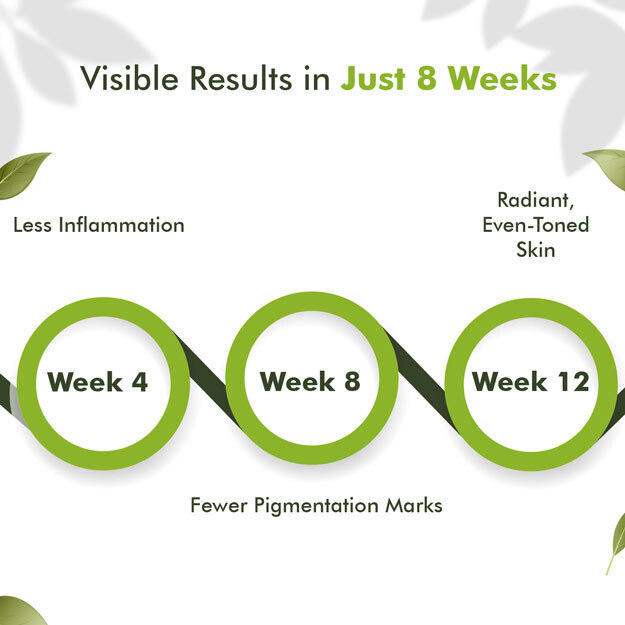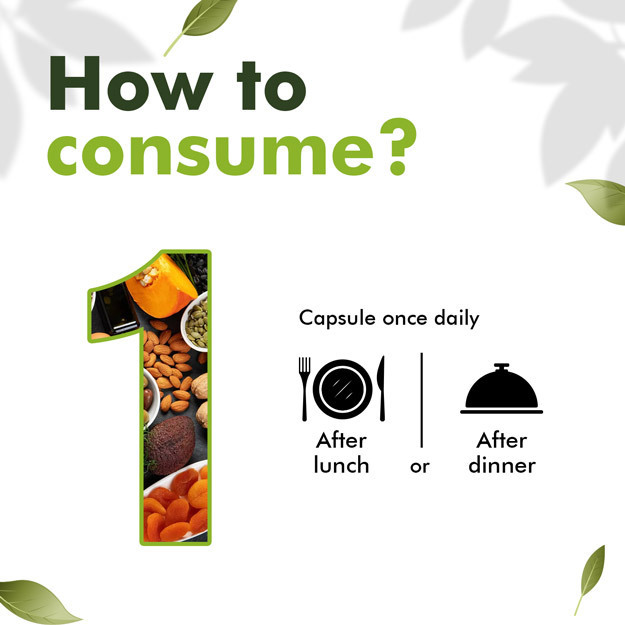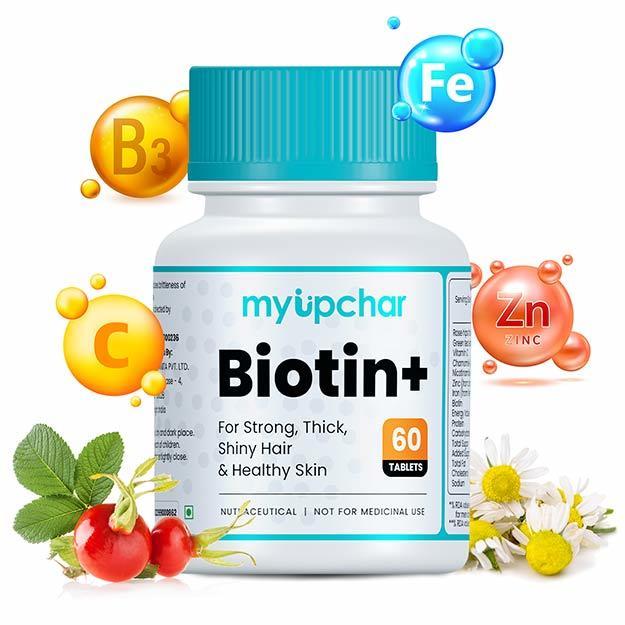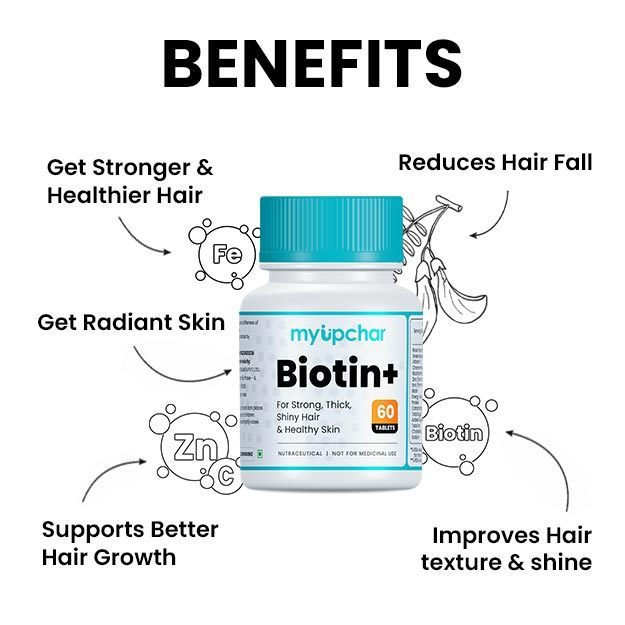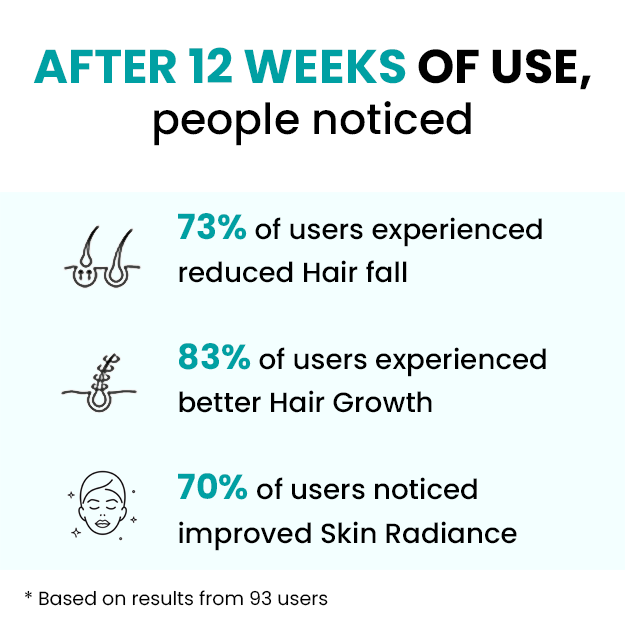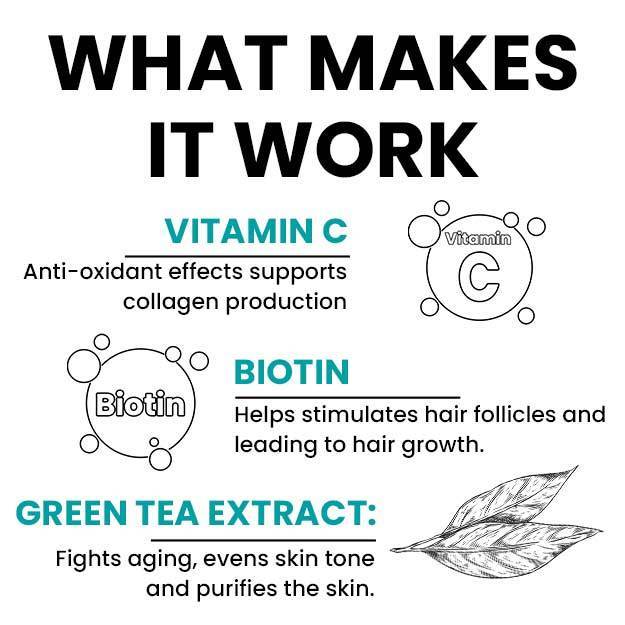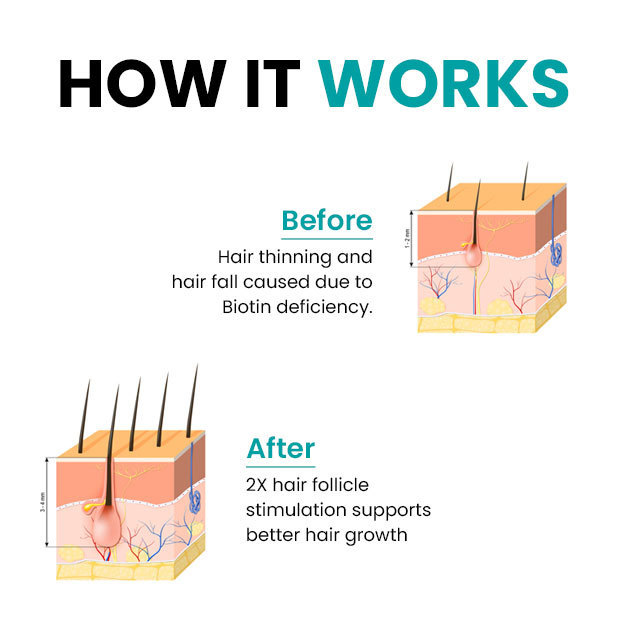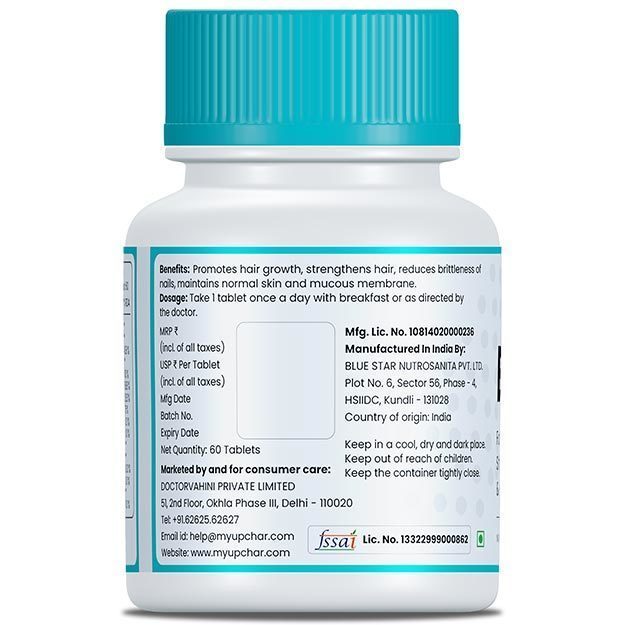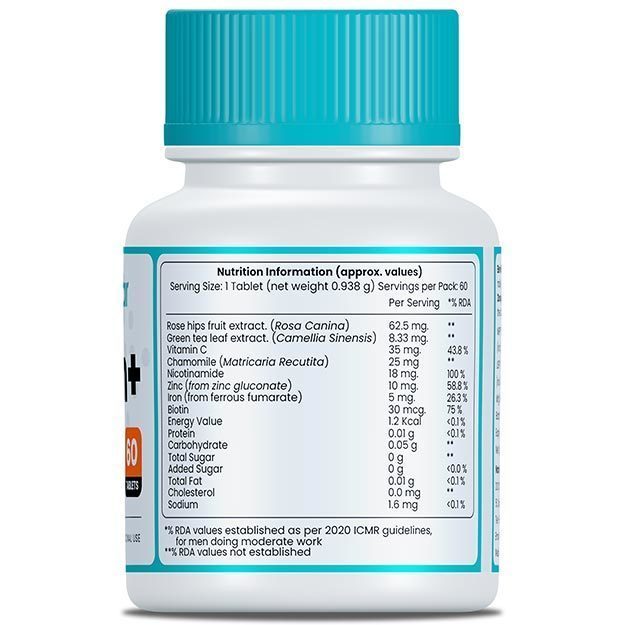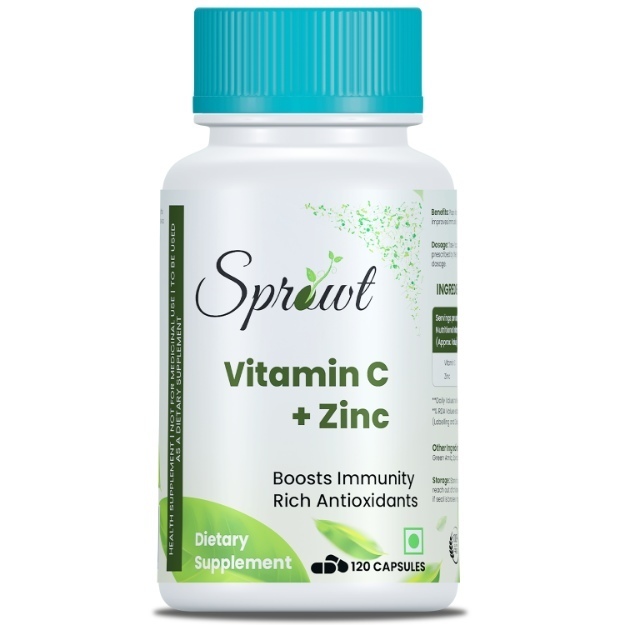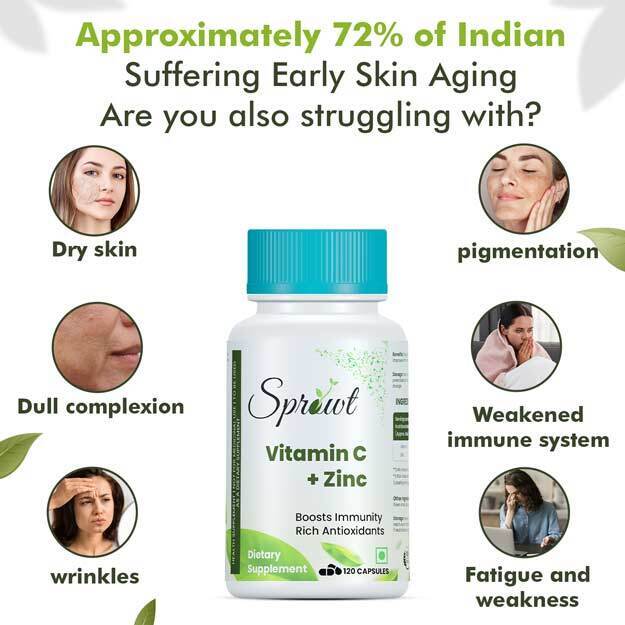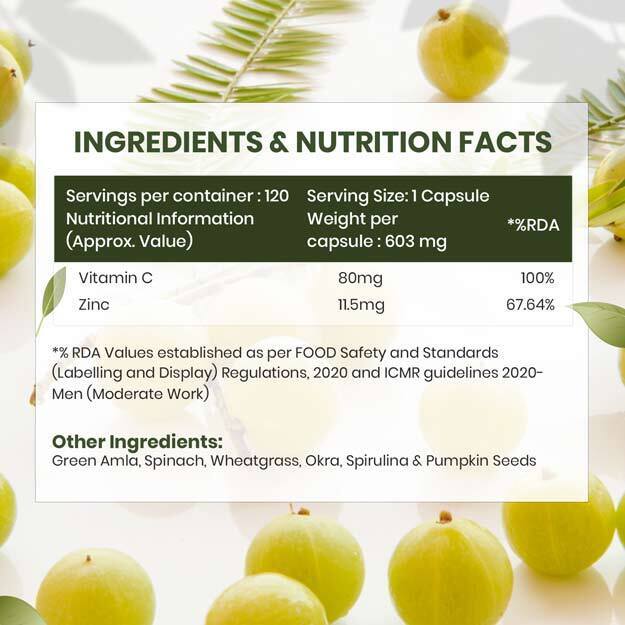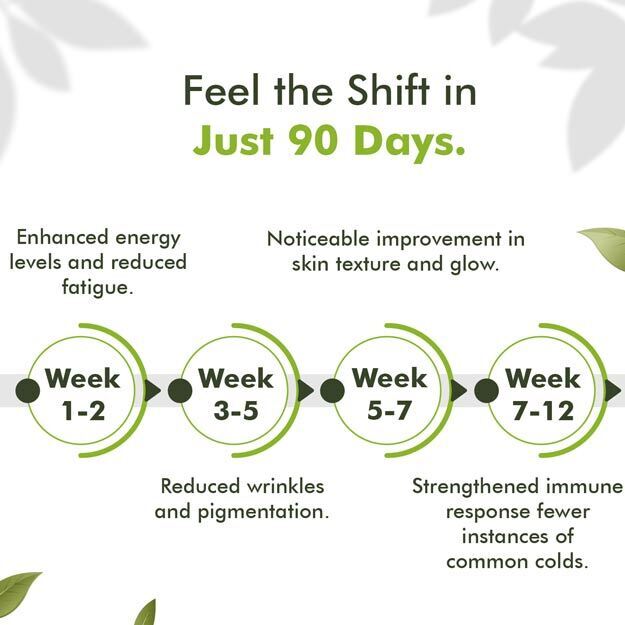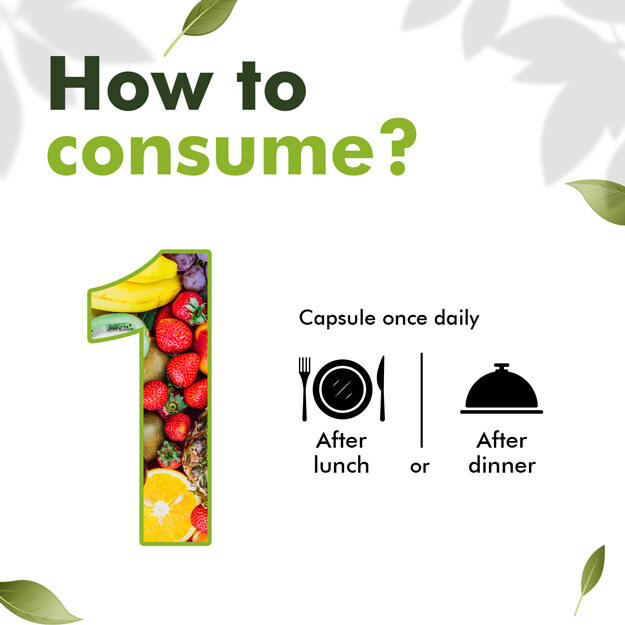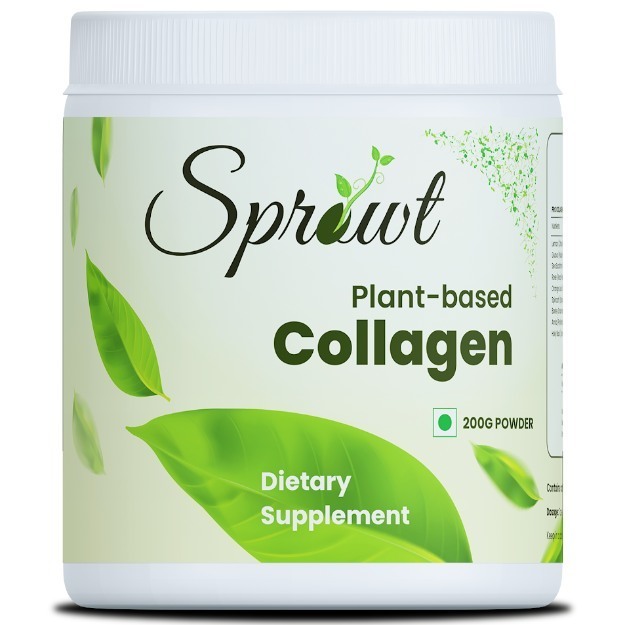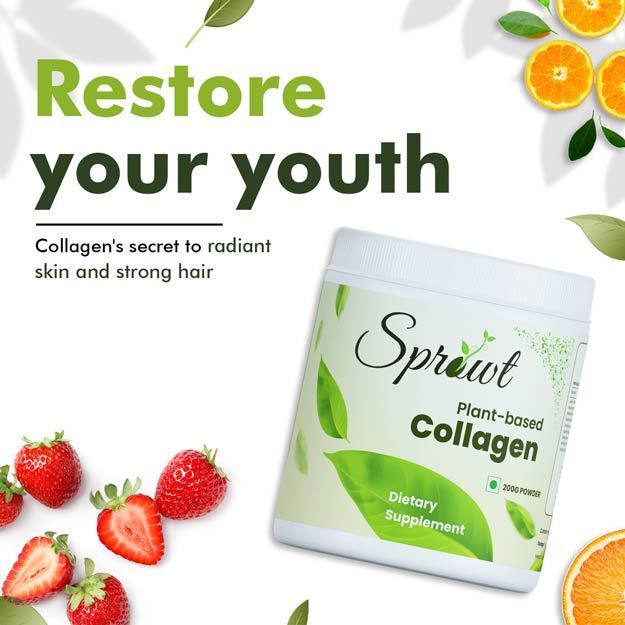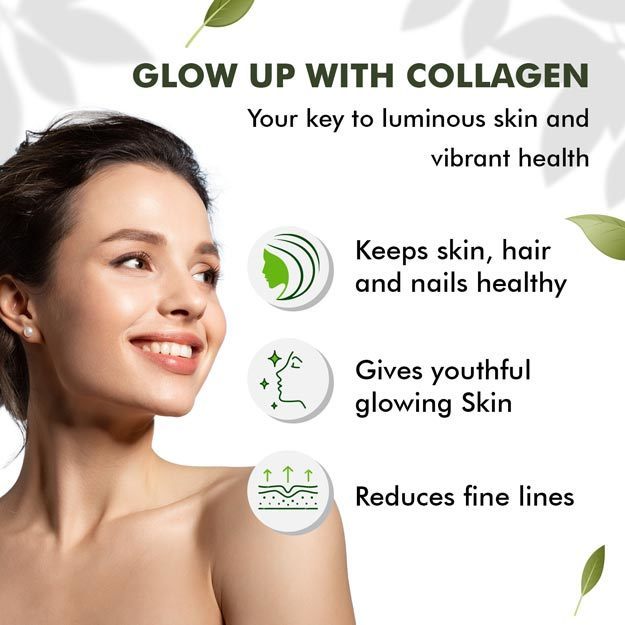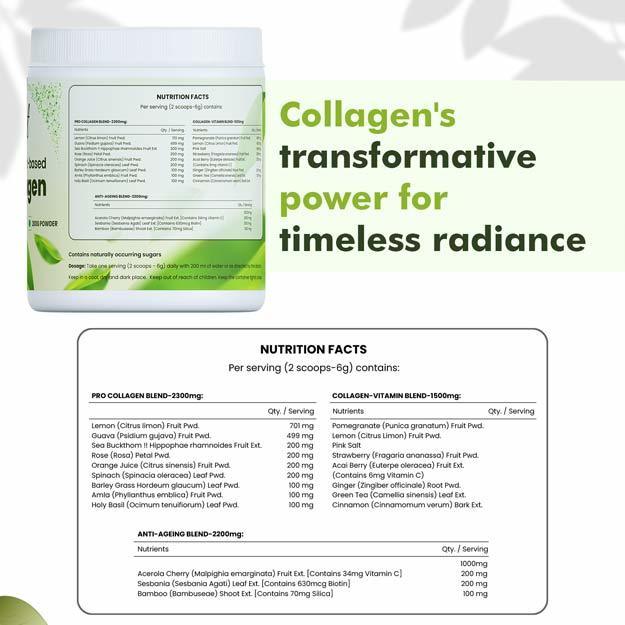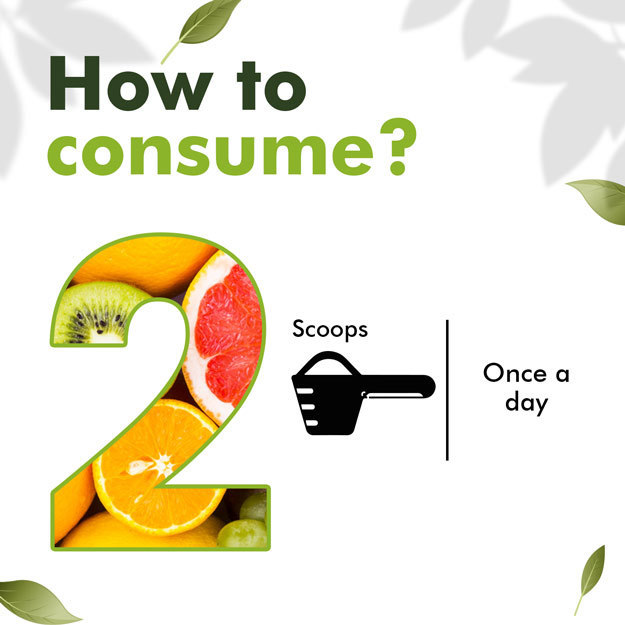So, you've noticed those lines on your skin that look a little different, right? Those are what we call stretch marks. It's a really common thing, and honestly, most of us will experience them at some point in our lives. Have you ever wondered exactly what they are, why they appear, and what we can actually do about them? Let's explore this together in a straightforward way, like a friendly conversation about these sometimes-pesky skin features. What are your initial thoughts or experiences with stretch marks?
- What is a Stretch Mark?
- Why Do Stretch Marks Occur?
- Why Stretch Marks Occur in Males
- Why Stretch Marks Occur in Females
- Types of Stretch Marks
- Are Stretch Marks Good or Bad?
- Study About Stretch Marks Treatment Options
- How to Remove Stretch Marks?
- Treatments for Stretch Marks
- Remedy for Stretch Marks
- How to Stop Stretch Marks from Growing?
- How Long Until Stretch Marks Fade?
- Are Pregnancy Stretch Marks Different?
- Which Fruit is Best for Stretch Marks?
- Can You 100% Get Rid of Stretch Marks?
- Do Stretch Marks Go Away?
- Why is My Stretch Mark Red?
- Why is My Stretch Mark Itchy?
- What is Best to Prevent Stretch Marks?
- Do Stretch Marks Mean Weight Loss?
- Are Stretch Marks Signs of Fat?
- Will Stretch Marks Go Away If I Lose Weight?
- Why Do I Have Stretch Marks If I'm Not Fat?
- Summary
What is a Stretch Mark?
Ever thought about your skin being a bit like a really stretchy balloon? It can usually handle a lot, but if it stretches or shrinks too quickly, it can get a little overwhelmed. When that happens, tiny little tears can occur in the deeper layers. Now, these aren't the kind of tears that hurt, but as your skin repairs itself, it can leave behind those lines we recognize as stretch marks. Have you ever noticed how they sometimes start out looking a bit reddish or purplish? And then, over time, they tend to fade to a lighter, often silvery color. Does that sound familiar to what you've seen?
Why Do Stretch Marks Occur?
So, when you see those stretch marks, you can almost think of them as little reminders that your skin has been on a bit of a journey, adapting to some kind of growth or change in your body's size. It's like your skin saying, "Hey, I went through something!" And there are actually a few different reasons why this stretching can happen. Have you ever considered what might have caused yours? Stretch marks can vary from gender to gender, let's explore some of the common reasons behind this…
Why Stretch Marks Occur in Males
Now, here's something you might not always think about: guys get stretch marks too! It's not just a "pregnancy thing," you know? Have you ever seen those lines on a guy and wondered about them? Well, one common reason is rapid muscle growth. Think about someone hitting the gym hard and those muscles suddenly getting bigger – sometimes the skin just can't stretch fast enough to keep up! You might spot these on their shoulders, biceps, or even thighs.
And just like anyone else, weight gain can also lead to stretch marks in men. When the body puts on weight, the skin has to expand, and if it happens quickly, those little lines can appear.
Then there's the whole genetics factor. Ever notice how some things just run in families? Well, stretch marks can be like that too! If your dad or other male relatives have them, you might be more likely to get them as well.
Lastly, although it's less common, certain medical conditions or medications, like using corticosteroids, can sometimes make stretch marks more likely to show up. Did you know about these reasons why guys get them too? Which of these might you have thought of before?
Why Stretch Marks Occur in Females
Now, when we talk about women and stretch marks, some of the reasons overlap with men, but there are a few extra things to consider. Have you ever thought about why they might be particularly common for women? Well, pregnancy is definitely a major one! Think about it – as the baby grows and the belly expands, the skin really goes through a significant stretch. That's why you often see stretch marks on the abdomen, but also sometimes on the breasts and thighs.
Then there's puberty. Remember those times of rapid growth during adolescence? Well, those growth spurts can actually cause stretch marks in both girls and boys.
Just like with men, weight fluctuations can also lead to stretch marks in women. When the body gains or loses weight quickly, the skin can struggle to keep up.
Interestingly, hormonal changes can also play a role, especially during puberty and pregnancy. These shifts in hormones can actually affect how elastic our skin is, making it more prone to developing those lines.
And just like with men, genetics and certain medical conditions or medications can also be factors for women. It seems like our bodies can be quite complex when it comes to these little skin changes, doesn't it? Were any of these reasons surprising to you?
Read More (How to get glowing skin: home remedies and skin care tips)
Types of Stretch Marks
Have you ever taken a close look at your stretch marks and noticed they might have different colors or textures? It turns out they actually go through different stages, which is why they can look quite different!
Think of Striae Rubrae as the "new kids on the block" of stretch marks. When they first appear, they often have a reddish, pink, or even purplish hue. You might even notice that they feel slightly raised to the touch, and sometimes they can even be a little itchy. Have you ever experienced that initial color and maybe a bit of that texture?
Then, as time goes by, these newer marks tend to mature and change. That's when they become what we call Striae Albae. These are the more established stretch marks. They've usually faded to a white or silvery color, and they often become flatter and generally less noticeable compared to when they first showed up. Does that progression from a more colorful mark to a lighter, flatter one sound familiar to you? It's like they're telling the story of how long they've been around!
Are Stretch Marks Good or Bad?
Let's be real for a second: when it comes to stretch marks, there's no "good" or "bad" label we can really slap on them. They're simply a natural consequence of your body doing what it's designed to do – adapt to changes. Think of them like wrinkles or freckles – just another way our bodies can look. The important thing to remember is that they don't cause any physical problems and are incredibly common. You're definitely not alone if you have them!
That being said, it's totally understandable if you're not a huge fan of how they look. It's your body, and you get to have your own feelings about it! So, if you've ever thought about ways to make them less noticeable, that's completely valid. Have you ever found yourself wishing they were a little less visible? It's a common feeling, and that's why there's so much talk about what we can do about them. What are your thoughts on this? Do you see them as just a natural thing, or have you ever considered ways to minimize their appearance?
Read More (Dry skin causes, symptoms, treatment and dry skin care tips)
Study About Stretch Marks Treatment Options
In the review article "Management of stretch marks" by Uwe Wollina and Alberto Goldman, published in 2017, the authors looked at all the ways we currently try to treat stretch marks, with a special focus on using lasers. They start by explaining that stretch marks are very common, especially in pregnant women. They also point out that new, reddish stretch marks are different from older, whitish ones when you look at them closely. Under the skin, stretch marks show that the skin's stretchy fibers are damaged, and the skin's reaction to hormones changes.
The review talks about how using lasers to treat stretch marks seems like a good idea, especially for the newer, reddish ones. These lasers might work by targeting the tiny blood vessels in the new marks and telling the skin to make more of the stuff that keeps it firm and smooth, called collagen. The authors also mention other treatments like using tiny needles to poke the skin and different kinds of light treatments.
To explain what works, the review talks about some studies that have been done. One study found that a special cream with natural oils and vitamins could make stretch marks less severe. Another study showed that scrubbing the skin worked just as well as a strong prescription cream for new stretch marks. A small study also suggested that using special energy waves on the skin could make stretch marks a bit better. And using those tiny needles seemed to help both new and old stretch marks in different groups of women. Also, one type of laser showed really good results for some people.
The table below reflects the change observed in 20 women after the laser treatment.
https://pmc.ncbi.nlm.nih.gov/articles/PMC5782435/
When they looked at how well specific laser treatments worked, a laser that targets red color seemed to help the appearance of stretch marks in one small study. Another type of laser also showed a little bit of improvement. However, when they tested two strong lasers on older, white stretch marks, they saw some changes happening under the skin, but the stretch marks didn't look much better on the surface.
So, the main takeaway from this review article is that using lasers looks like a promising way to treat stretch marks, especially when they are new. The goal of these treatments is to help the skin make more collagen and elastin and to make the skin look smoother. However, the authors also emphasize that we need more well-done studies with enough people participating to really know how well these laser treatments work in the long run.
Read More (Decoding Combination Skin: Understanding Its Unique)
How to Remove Stretch Marks?
Alright, let's get to the heart of the matter: what can we actually do about these lines? If you've ever wished you could just make them disappear completely, well, that might be a bit of a challenge. Think of it like trying to erase a wrinkle that's been there for a while – it's not always easy to get rid of it entirely..
Treatments for Stretch Marks
So, when we look at what modern science has to offer, there are a few avenues that can help improve how stretch marks look. Have you ever heard of any of these?
One option is topical retinoids. These are prescription creams that can actually encourage your skin to produce more collagen. Think of collagen as one of the building blocks that keeps your skin firm and smooth. These creams might be particularly helpful for those newer, reddish stretch marks (remember striae rubrae?). However, it's really important to know that they're generally not recommended if you're pregnant or breastfeeding. Did you know that?
Then there's laser therapy. It sounds pretty high-tech, right? Different types of lasers can be used to target the redness in those new stretch marks and also to stimulate collagen production in older ones, which can help them become less noticeable overall. Have you ever wondered how lasers might work on skin?
Another interesting approach is microneedling. This involves using tiny, little needles to create very small injuries in your skin. It might sound a bit intense, but these micro-injuries can actually trigger your skin to produce more collagen and elastin – those are the things that give your skin its elasticity and firmness. Over time, this process can potentially improve the appearance of stretch marks. What do you think about that idea?
Lastly, there are chemical peels. These work by exfoliating the top layer of your skin, which can then encourage the growth of new, smoother skin. This might also help to make stretch marks look a bit better.
Now, with all these options, it's really key to remember that everyone's skin is different, and what works for one person might not be the best for another. That's why it's always a good idea to have a chat with a dermatologist – they're the skin experts! They can take a look at your specific stretch marks and help you figure out which treatment, if any, might be the right fit for you. But, have you ever considered talking to a dermatologist about skin concerns?
Study Around Treatment of Stretch Marks
Biological Evaluation of Natural Centella asiatica Extract as a Stretch Mark Eraser
(CAST is also known as Mandukaparni or Gotu Kola, it is a traditional Indian Herb.)
This research, published on January 23, 2024, by scientists Cloé Boira, Marie Meunier, Marine Bracq, Amandine Scandolera, and Romain Reynaud, explores using Gotu Kola extract (called CAST) to treat stretch marks. The study wanted to find out if Gotu Kola could really help and how it works.
The study found that Mandukaparni does several helpful things. It helps skin cells called fibroblasts to grow, which is important for healing. Mandukaparni also reduces the breakdown of the skin's support structure and lessens fibrosis, which is like scarring in the skin. When they looked at skin samples with stretch marks, they saw that Gotu Kola helped the skin to rebuild itself by increasing the building blocks of the skin (collagen fibers) and a protein that makes skin stretchy (elastin). In addition, Gotu Kola helped to restore the normal arrangement of these fibers in the skin. In the lab, Gotu Kola also helped cells move and close wounds.
To do this research, the scientists did experiments in test tubes and on small pieces of skin. They also talk about a previous study where women used a cream with CAST for a month. The women who used the Mandukaparni cream saw improvements in their skin, like thicker skin and better blood flow, which made their stretch marks look better.
This new study suggests that Mandukaparni can really help improve stretch marks. It seems to work by helping the skin rebuild itself, reducing scar-like tissue, and improving skin's elasticity. This means that products with Gotu Kola could be a good way to help people with stretch marks have healthier skin.
In short, this research shows that Gotu Kola extract can help heal stretch marks by repairing the skin.
Remedy for Stretch Marks
You know, it's totally natural to first think about simpler things we can try at home to see if they might help fade those stretch marks. Have you ever found yourself searching online for DIY solutions? Lots of people do! So, let's dive into some of the more popular at-home remedies that get talked about. What are some of the things you might have already heard of?
Can stretch marks be cured naturally?
While natural remedies like moisturizing with oils (coconut, olive, etc.) and using ingredients thought to boost collagen (like Vitamin C) may help improve the appearance of stretch marks over time by hydrating the skin and potentially supporting its repair processes, there's no definitive natural cure to completely eliminate them. Strong scientific evidence supporting the complete removal of stretch marks through natural means is limited, and results often vary. Consistency is key, and while these remedies can be supportive, medical treatments are generally more effective for significant improvement.
Does Vitamin C fade stretch marks?
You know how we often hear about Vitamin C being good for our overall health? Well, it turns out it's a bit of a superhero for our skin too! It's a powerful antioxidant, and it plays a really important role in helping our bodies produce collagen. Remember collagen? That's the stuff that helps keep our skin nice and firm. So, it makes sense that using topical creams that contain Vitamin C, or even making sure you're getting enough Vitamin C through your diet, might help support your skin's health. And healthier skin can potentially mean an improvement in how those stretch marks look over time. Have you ever thought about the connection between vitamins and your skin's appearance? Do you use any Vitamin C products or try to include it in your diet?
Does Vaseline remove stretch marks?
Ah, good old Vaseline! It's a classic for a reason, right? It's what we call an "occlusive" moisturizer. Think of it like creating a protective barrier on your skin that helps trap moisture in and keeps it hydrated. Now, while Vaseline isn't going to magically erase your stretch marks, keeping your skin really well-moisturized can make a difference in how it looks overall. When your skin is hydrated, it tends to look and feel smoother and more elastic. And when your skin is in good condition, those stretch marks might just become a little less noticeable over time. Have you ever used Vaseline or other really thick moisturizers on your stretch marks? What have you noticed?
Can coconut oil remove stretch marks?
Coconut oil! It seems like it's the go-to for so many things these days, doesn't it? It's definitely known for being a great moisturizer, and it even has some anti-inflammatory properties. So, the idea of massaging coconut oil into stretch marks regularly makes sense in that it can help keep your skin nice and hydrated. And who knows, that extra moisture might contribute to a slight improvement in how they look over time.
However, and this is important to keep in mind, the scientific evidence specifically showing that coconut oil removes stretch marks is actually pretty limited. While it can be soothing and moisturizing, we don't have a ton of studies that definitively say it's a powerful stretch mark eraser. Have you ever tried using coconut oil on your skin for any reason? What was your experience? It's one of those things that feels good, but the hard proof for stretch mark removal isn't really there yet.
Can turmeric remove stretch marks?
Ah, turmeric! That bright yellow spice that's a staple in many kitchens and has been used in traditional medicine for ages. It's definitely got some interesting properties, like being anti-inflammatory and packed with antioxidants. Because of these benefits for skin health in general, some people believe that applying a turmeric paste might help fade stretch marks. Have you ever heard of using turmeric for skin issues?
While it's true that turmeric might offer some good things for your skin, it's important to know that we don't have a lot of solid research specifically proving that it's a super effective way to get rid of stretch marks. It could potentially help with overall skin tone and health, but the direct impact on those lines needs more study.
One thing to definitely keep in mind if you're thinking of trying this: turmeric can sometimes leave a temporary yellow stain on your skin! So, you might want to test it on a small, inconspicuous area first to see how your skin reacts. Have you ever accidentally stained your skin with turmeric while cooking? It's something to be aware of!
Does lemon reduce stretch marks?
Lemon juice! It's got that fresh, zesty scent, right? It's also a natural source of citric acid, which belongs to a group called alpha-hydroxy acids, or AHAs. You might have heard of AHAs in skincare products because they can act as mild exfoliants, helping to shed those top layers of skin. So, the idea behind using lemon juice on stretch marks is that it might help to lighten them over time by gently exfoliating the area. Have you ever used lemon juice for any skin-related things?
Now, here's the thing with lemon juice: while that citric acid might have some exfoliating properties, it can also be quite irritating to the skin for some people. It can cause redness, dryness, and even make your skin more sensitive. And this is a big one: lemon juice can make your skin much more sensitive to the sun! That means you're at a higher risk of sunburn if you apply lemon juice and then go out in the sun without protection. So, if you ever consider trying this, you absolutely must be extra careful and always, always apply a good sunscreen afterward to protect your skin. It's definitely a case of proceeding with caution. What are your thoughts on using something like lemon juice on your skin? Does the potential for irritation and sun sensitivity make you think twice?
Important Note: Remember that natural remedies often take time and consistent use to show any potential results, and their effectiveness can vary from person to person.
Read More (Skin Elasticity: The Secret to a Radiant and Youthful)
How to Stop Stretch Marks from Growing?
You know what they say: an ounce of prevention is worth a pound of cure! And that definitely applies to stretch marks too. While it might not always be possible to completely avoid them, especially during times like pregnancy or those big growth spurts we go through, there are definitely some things you can do that might help minimize how many you get or how severe they might be. Have you ever thought about what you could do to try and prevent them in the first place? Let's explore some of those strategies:
So, what are some of these preventative measures we can take? Well, one key thing is to maintain a healthy weight. Think about it: when your weight changes gradually and steadily, your skin has more time to adapt compared to when you have rapid gains or losses. It's like stretching a rubber band slowly versus yanking on it suddenly – the slow stretch is less likely to cause damage. Have you ever noticed how quick changes in your body seem to put more stress on your skin?
Another really important factor is to stay hydrated. Drinking plenty of water does so much for our bodies, and that includes helping to keep your skin elastic. When your skin is well-hydrated, it's generally more flexible and less prone to tearing when it stretches. How good are you at staying hydrated throughout the day?
Then there's the simple act of moisturizing regularly. Keeping your skin well-hydrated from the outside with lotions or oils can also help improve its elasticity. It's especially a good idea to focus on those areas that are more likely to experience stretching, like your abdomen, breasts, hips, and thighs. Do you have a go-to moisturizer you like to use?
What we eat also plays a role! Eating a balanced diet that's rich in vitamins and minerals, especially things like Vitamin C, Vitamin D, and zinc, can support overall skin health and resilience. It's like feeding your skin the nutrients it needs to stay strong. Do you pay much attention to how your diet affects your skin?
And for those who are expecting, managing weight gain during pregnancy is another way to potentially minimize stretch marks. While some might be inevitable as your body changes to support your little one, gaining weight at a healthy and steady pace can be gentler on your skin. Have you heard this advice before if you've been pregnant or know someone who has?
How Long Until Stretch Marks Fade?
Ever wondered how long you might be looking at those stretch marks? Well, the truth is, there's no one-size-fits-all answer! The timeline for them to fade can really vary quite a bit from person to person. It depends on a few things, like your individual skin type, how noticeable the stretch marks were to begin with, and whether you're using any treatments to help them along.
Generally speaking, those newer, reddish stretch marks might start to fade a bit within about 6 to 12 months. As they fade, they usually transition into those lighter, often silvery striae albae. However, it's pretty rare for them to completely disappear on their own.
The good news is that treatments we talked about earlier, like retinoids, laser therapy, and microneedling, can often help to speed up this fading process and make those stretch marks much less noticeable. Have you ever noticed how some scars or marks on your skin seem to fade faster than others? It's a bit similar with stretch marks – everyone's skin behaves a little differently!
Read More (Summer Skin Care)
Are Pregnancy Stretch Marks Different?
When we talk about stretch marks that pop up during pregnancy, are they any different from the ones you might get for other reasons? Well, the fundamental cause is the same: it's that rapid stretching of the skin. Think about how much a woman's body changes to accommodate a growing baby – it's pretty incredible! This significant expansion is why stretch marks often appear in specific areas like the abdomen, breasts, and thighs during this time.
Interestingly, it's not just the stretching itself that can contribute to pregnancy stretch marks. The hormonal changes that happen during pregnancy can also play a role. These hormonal shifts can sometimes affect the skin elasticity, potentially making it more prone to developing those lines. So, while they might show up in particular places due to the nature of pregnancy, the underlying reason is still skin stretching, sometimes compounded by hormonal influences. Did you know that hormones could also play a part in making the skin more susceptible?
Which Fruit is Best for Stretch Marks?
Wouldn't it be amazing if there was just one fruit you could eat that would magically make stretch marks disappear? Unfortunately, it doesn't quite work that way – there's no single "magic bullet" fruit for stretch marks.
However, that doesn't mean fruits aren't helpful at all! Fruits that are rich in Vitamin C, like those bright citrus fruits such as oranges, lemons, and grapefruits, as well as delicious berries like strawberries and blueberries, and even kiwi, can all play a role in supporting your body's production of collagen. And as we've talked about, collagen is important for skin health.
Plus, many fruits are packed with antioxidants. Think of antioxidants as little protectors for your skin cells, helping to keep them healthy. So, while eating a lot of fruit won't directly erase stretch marks, including a variety of these nutrient-rich options in a balanced diet can definitely contribute to overall skin health and might indirectly help with the appearance of stretch marks over time. Do you have any favorite Vitamin C-rich fruits? It's always good to find tasty ways to support your skin from the inside out!
Can You 100% Get Rid of Stretch Marks?
Let's have a straight-up chat about getting rid of stretch marks completely. If you've been hoping for a way to make them totally disappear without a trace, the truth is, it's often a real challenge. While the treatments we've talked about can definitely make a big difference in how they look – they can become much lighter, smoother, and generally less noticeable – they might not entirely vanish.
Think of it a bit like a scar you might have gotten. Over time, that scar might fade and become much less prominent, but it's often still there if you look closely. Stretch marks can behave in a similar way. So, while we can aim for significant improvement, complete elimination might not always be realistic. Does that make sense? It's more about making them less bothersome rather than expecting them to disappear completely. What are your thoughts on that perspective?
Read More (Beauty, skin and hair care tips)
Do Stretch Marks Go Away?
So, even if you don't do anything specific to treat them, stretch marks do have a natural tendency to change over time. Remember how we talked about them often starting out as red or purple (striae rubrae)? Well, as time goes on, they usually transition to that lighter, silvery color (striae albae). They also often become flatter against your skin and generally less noticeable than they were initially.
However, and this is the key part, while they do fade and become less obvious, they might not completely disappear on their own. Think of it as a natural softening of their appearance. If you're looking for more significant fading, that's where those treatments we discussed earlier might come into play. Have you noticed that natural fading process with any stretch marks you might have? It's a slow but steady change for many people.
Why is My Stretch Mark Red?
Ever see a stretch mark that's still quite red? That's usually a sign that it's one of the newer ones. The reason for that reddish color is actually because of the tiny blood vessels that are still hanging around in the area where your skin stretched and experienced those little tears. Think of it as the skin still in the process of healing. Over time, as your skin continues to repair itself, those blood vessels tend to recede or become less prominent, and that's when you'll typically see the stretch mark start to fade to that lighter, more silvery color we talked about. Have you ever noticed the color difference between newer and older stretch marks on your own skin? It's a pretty clear indicator of their age.
Why is My Stretch Mark Itchy?
Ah, that annoying itchy feeling that sometimes comes with stretch marks! If you've experienced that, you're not alone. Itchy stretch marks are also usually a sign that they're on the newer side. Think about it – your skin has stretched relatively quickly, and the tissues underneath have been a bit disrupted. That stretching and disruption can sometimes trigger that itchy sensation as your skin tries to adjust and heal. It's like when a wound is healing and it can get a bit itchy, right?
The good news is that as your skin gets used to the new shape and those tissues settle down, the itching usually goes away on its own. In the meantime, keeping the area really well-moisturized can often bring some relief. Think of it as soothing and calming your skin. Have you ever found moisturizing helps with itchy skin in general? It can often make a big difference!
What is Best to Prevent Stretch Marks?
We've talked a lot about what stretch marks are and what we can do about them once they appear, but as we touched on earlier, trying to prevent them in the first place can often be the most helpful approach. Think of it like trying to avoid a pothole rather than fixing your car after you've driven through it! The key strategies we mentioned really come down to taking good care of your body in general: maintaining a healthy weight so your skin isn't under extreme stress from rapid changes, staying hydrated to keep your skin elastic, moisturizing regularly to support that elasticity from the outside, and eating a balanced diet to provide your skin with the nutrients it needs.
For those who are pregnant, there are a couple of extra things that can be beneficial: managing weight gain in a healthy and steady way, as rapid weight increase can put more strain on the skin, and consistently moisturizing the belly as it expands can help to keep the skin supple. It's all about supporting your skin's ability to stretch and adapt as smoothly as possible. Do you find that these preventative measures are things you already try to incorporate into your routine for overall health?
Read More (Get Gorgeous Naturally: Home Remedies for Beauty)
Do Stretch Marks Mean Weight Loss?
That's a really important point to clarify! You might think that seeing stretch marks could mean you've lost weight, but generally, that's not the case. Stretch marks are usually linked to times when your body has been growing or gaining weight relatively quickly, causing your skin to stretch.
Now, here's where it can get a little confusing: if you do experience significant weight loss after getting stretch marks, those existing marks might actually become more noticeable for a while. Think of it like a deflated balloon – the lines that were already there might become more pronounced as the skin loses some of its volume. However, the stretch marks themselves weren't caused by the weight loss; they were likely from a period of growth or weight gain beforehand. So, they're more of a reminder of a previous expansion rather than a direct indicator of weight loss. Has that ever been something you've wondered about? It's a common misconception!
Are Stretch Marks Signs of Fat?
That's a great distinction to make! While it's true that stretch marks can appear when there's fat accumulation due to weight gain, leading to the skin stretching, it's definitely not the only reason they show up. Think about it: someone who's not overweight at all can still experience rapid muscle growth from intense exercise, and that can stretch the skin. Teenagers going through puberty often have those quick growth spurts that can lead to stretch marks. And of course, pregnancy causes significant skin stretching regardless of a woman's weight before pregnancy.
So, while gaining weight can be one factor that contributes to stretch marks, it's really about any situation where the skin is stretched relatively quickly. It's not solely a sign that someone has excess fat. Have you ever noticed stretch marks on people who you know are very fit or going through a growth spurt? It really highlights that it's more about stretching than just body fat.
Will Stretch Marks Go Away If I Lose Weight?
It's a common hope that losing weight might also mean saying goodbye to stretch marks, but unfortunately, it doesn't quite work that way. If you already have stretch marks, losing weight won't magically erase them. In fact, you might even notice them more at first. Think of it like letting air out of a balloon that already has lines on it – the lines might become more wrinkly and apparent as the surface area shrinks.
However, over time, as your skin gradually adapts to its new, smaller size, those stretch marks might become slightly less prominent. They might not disappear completely, but they could soften in appearance a bit. So, while weight loss has many health benefits, it's not really a direct "cure" for existing stretch marks. Did you have that hope that losing weight would make them vanish? It's a natural thought!
Why Do I Have Stretch Marks If I'm Not Fat?
Exactly! It's so important to remember that weight gain is just one piece of the puzzle when it comes to why stretch marks appear. Think back to our chat – we talked about how those rapid growth spurts during puberty can stretch the skin, leading to stretch marks in teenagers, no matter their size. Then there's the muscle development that happens with exercise; if those muscles grow quickly, the skin can get stretched too. Hormonal changes, especially during puberty and pregnancy, can also make the skin more susceptible. And let's not forget that genetics can play a significant role – some of us are just born with skin that's more prone to developing these lines. So, if you have stretch marks and you're not carrying extra weight, it's totally normal! There are plenty of other reasons why your skin might have stretched. Does knowing that make you see them in a slightly different light? It's really more about your body adapting to change than just about weight.
Read More (Allergy: symptoms, causes, treatment, medicine)
Summary
So, to bring it all together, stretch marks are a really common thing that happens when our skin stretches quickly – whether it's from those teenage growth spurts, changes in our weight, the amazing journey of pregnancy, or even building up those muscles. The important thing to remember is that they're not harmful at all; they're just a part of life for many of us.
Now, if you're one of the many people who'd like to see them become less noticeable, there are definitely options to explore. Modern treatments like topical retinoids, laser therapy, and microneedling can be quite effective, especially for those newer stretch marks. And for a more gentle approach, natural remedies like keeping your skin moisturized with coconut oil or using products with Vitamin C might offer some improvement over time.
Don't forget that trying to prevent them in the first place by maintaining a healthy weight, staying well-hydrated, and moisturizing regularly is also a key strategy. And while completely getting rid of stretch marks can be a tough goal, with the right approach, you can definitely make them less prominent and feel more comfortable and confident in your own skin. Ultimately, they can also be seen as a reminder of your body's incredible ability to adapt and the various stages you've gone through. What are your biggest takeaways from our chat about stretch marks? Do you feel like you understand them a bit better now?
Doctors for Bye-Bye Lines: Must Try Home Remedies for Stretch Marks
Dr. Divyanshu Srivastava
Dermatology
10 Years of Experience
Dr. G.ARUN
Dermatology
6 Years of Experience

Dr. Ashwin charaniya
Dermatology
8 Years of Experience


